#The National Railway Museum
Explore tagged Tumblr posts
Text
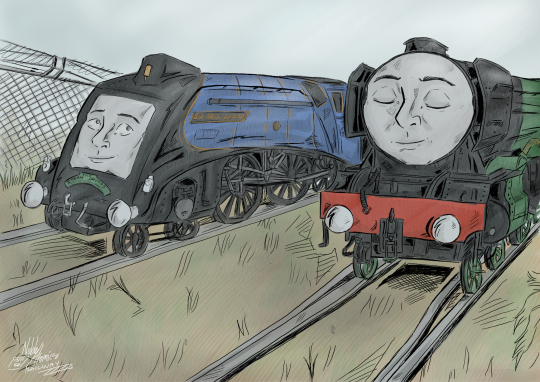
The Flying Scotsman and Sir Nigel Gresley at the sidings of The National Railway Museum in York.
#I love sleepy Scotsman here#he looks so content#sleepy engines#thomas and friends#artists on tumblr#thomas the tank engine#the flying scotsman#the flying Scotsman ttte#ttte fandom#ttte fanart#ttte the flying scotsman#ttte flying scotsman#flying scotsman#sir nigel gresley#ttte#national railway museum#the national railway museum
88 notes
·
View notes
Text
Flying Scotsman in 2004 - A Comedy of Errors and Owners:
Ok - so this is something I've been sitting on for a while now, but I feel like with 'The World Famous Engine' now being uploaded to Ao3, now is the right time to cover this rather insane topic. See, we all know the story of Flying Scotsman and the NRM: the NRM bought the engine for the nation, and then sent it into the Works for 1 years' worth of work in 2006... One year of work that ended up spiralling into ten years and £4.2 million.
But behind that story is a rather more shocking story, and one that really needs more recognition to help people understand just how absolutely shockingly Flying Scotsman had been treated before that overhaul.

Sir William McAlpine:
Our story most likely begins under Alan Peglar, but I have a rather sneaking suspicion it actually gets interesting under McAlpine. Sir William McAlpine bought 4472 Flying Scotsman in 1972 to save the engine after Alan Peglar went bankrupt in San Francisco, leaving the engine on a US Military Base.
He brought Scotsman and had the engine restored at Derby Works in England, and then successfully owned and ran the engine for another 23 years, making him the longest-lasting and most successful of all Scotsman's owners.
Pretty good achievement!
But, during this era, Flying Scotsman visited Australia, broke the record for the longest non-stop run by a steam locomotive, pulled the Royal Train, ran on a multitude of heritage railways and mainline excursions, got an overhaul three times - including one at Barrow-in-Furness (story idea, anyone?). This is not where the worst of the issues arose from, but it does give you a good idea of the kind of work this engine was being tasked with.
And then in 1995, it was involved in an accident at Llangollen Railway. When put back into steam, smoke emerged from a crack separating the boiler and the front cab. It was deemed a total failure and immediately withdrawn from service immediately - and that's what did McAlpine in. He sold the engine off to cover some debts, and Tony Marchington
What do I think went wrong here? I have a feeling that Scotsman was run pretty haggard in Australia (which, fair - it's not always a very nice country to machines) and when refitted to his BR livery, several... shortcuts were made to get the engine back in service. All the same, this isn't where the trouble came from.
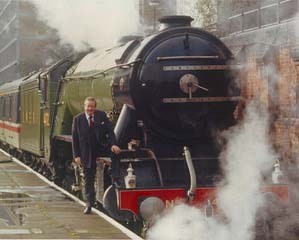
Tony Marchington:
And here's where things went south. Fast. Flying Scotsman was bought, went through a three-year long overhaul worth £1 million and then was set to work. Thing is, that overhaul had a number of red flags surrounding it - perhaps most notable being the fitting of an A4 boiler working at 250psi. Now, for those unaware - the original A1 class ran at 180psi, and the upgraded A3 class ran at 225psi. The engine was being run at a pressure it was extremely unfit to operate with.
It would be a bit like fitting a massive V12 motor to a Honda Accord. Yes, the car will move extremely fast and look impressive and move for a while, but every other piece of that car will deteriorate rapidly due to the pressure it's all under. Now transfer that to a steam locomotive - one where to reach that pressure, the firebox is under a lot of strain.
Flying Scotsman failed a lot during the Marchington era, and it's not surprising why. The poor engine was literally falling to pieces - as one NRM staffmember noted: "On our first inspection, the rear drivers had been removed to deal with bearing problems. The visiting NRM team was most unimpressed with the quality of work being done on the bearings. Other examples of poor workmanship (of which I cannot remember the detail) were evident on inspection.”
Please note, the bearings and valves had all recently been replaced.
Also note, Tony Marchington was under pressure from the shareholders of Flying Scotsman PLC - a company he set up - to make money, and so many of the fitters working on the engine may have been given far, far too many constraints in time and budget to properly overhaul the engine, in essence needing to just 'do the bare minimum to get it back in service'...
And this is the condition the NRM bought 4472 Flying Scotsman in.

The National Railway Museum:
All of the above is an indication of the condition that Flying Scotsman was in when bought in 2004 - but that only tells about half of the story. The other half is a bunch of issues surrounding the purchase, certification and understanding of just how bad things were. And make no mistake, the NRM is not blameless in this circus - it just managed to inherit a bad situation and then fumble with it until they sat down and figured out what had happened.
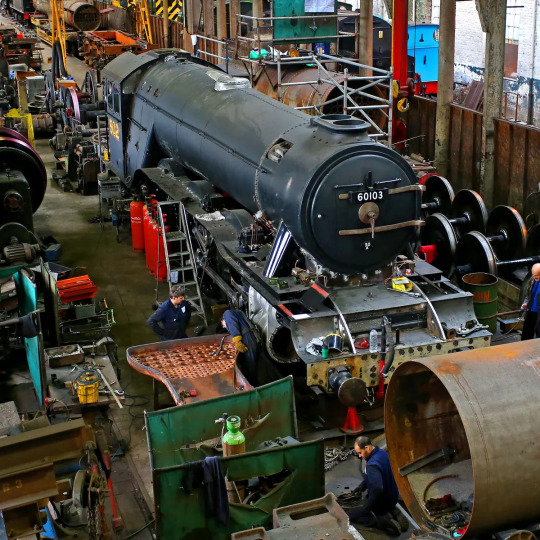
Let's take a moment to look at the AEAT report that the NRM got, then compare it to reality:
The AEAT report stated that:
"Whilst it was not possible to complete a thorough examination of the locomotive, or to witness it in steam, the condition of the locomotive has been monitored regularly as part of the VAB audit process. Taking this into consideration, it is considered that the general mechanical condition is satisfactory for continued operation, subject to effective maintenance, until the next General Overhaul in 2006. The scope of mechanical overhaul is not anticipated to be extensive but will involve strip down of the motion and axleboxes to gauge wear and remedial action. The cylinders all require re-lining and boring to nominal diameter."
The reality of the condition of the engine was far from this rather rosy portrayal given by AEAT. For starters, the engine was not properly examined, and several areas of testing were 'not possibly to be checked adequately' for a variety of reasons, including:
the locomotive was being prepared for a test run
equipment failure
4472 Flying Scotsman not being in steam
Anyone notice something off? Why exactly can the company not see how the engine is when in steam if the engine is being prepared for a test run?

Furthermore, AEAT had been the VAB (Vehicle Acceptance Body) for Flying Scotsman for 14 years by this point and finding a huge number of faults at this point very much would have raised questions about their work. More probably, the company had grown accustomed to the engine working, and simply assumed everything was satisfactory unless demonstratable to the contrary. Like the NRM admitted:
"[T]he previous owner’s VAB may not have been the best choice of inspector."
Thing is, AEAT included pictures in their report, but most of these were of the air brake compressor, locomotive air brake, tender air brake cylinders, TPWS antenna selection switch and the TPWS antenna mounting arrangements, which while critical to obtaining permission to operate on Network Rail, don't say much about the actual condition of the engine. And the photos that were of the actual mechanical parts of the engine were... telling.
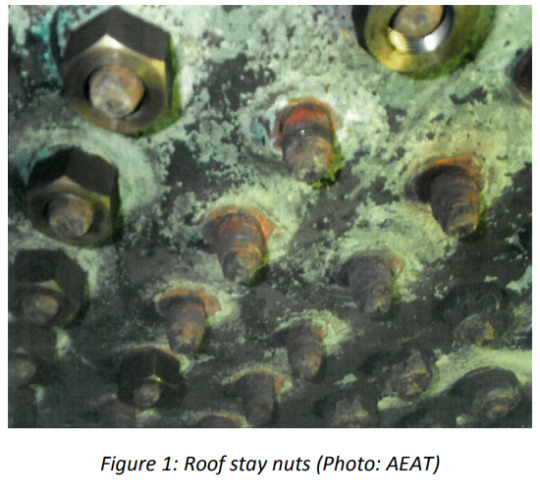
The Stay Nuts in the firebox are rusting, melting and missing. And that wasn't the only major issue with the engine - several of which were extremely dangerous:
the Robinson superheater header doors had been seal welded;
other inspection doors had also been seal welded;
Repairs to defective studs on the superheater header were needed;
the smokebox door locking mechanism was broken;
the firebox stays needed caulking;
the boiler mountings and pipework in the cab was considered dangerous;
the air brake reservoirs were overdue re-certification;
two tender springs needed replacing;
Re-metalling one crosshead was needed, which resulted in having to remove the bogie, and led to the discovery that the piston rods were incorrectly fitted to the crossheads and required extensive repairs in order to make them fit properly;
Removal of the 'belly' access door in the bottom of the boiler barrel in order to remove a build-up of some 6 inches of sludge;
one of the tender wheel tyres was flat;
the air pump needed repairs;
the vital axlebox oil pads which were long overdue for replacement;
the tender handbrake just didn't work and needed repairs;
121 boiler tubes needed replacement (2004);
the boiler itself needed replacement (2006);
Foundation ring heavily corroded and cracked;
a large number of latent fractures throughout the whole of the locomotive's frame assembly;
the valves and bearings were faulty or broken;
there was a serious crack in the right-hand cylinder;
the entire firebox itself was in desperate need of replacement;
the boiler washout plugs had been fitted with domestic gas plugs;
the wheels are all in need of re-turning;
the frame hornblocks are all cracked;
one of the driving wheels was bent;
the frame stretchers were all cracked and beyond repair;
The centre-cylinder motion bracket also had cracks;
The frames were wrongly aligned;
And the frame's horn ties were scrap, and needed to be remade.
That is thirty separate issues that the NRM discovered between 2004 and 2012 restoring the Flying Scotsman. The Flying Scotsman needed such a complete overhaul to be restored that some people argued that it would cheaper to just build an entirely new engine.
A completely new version of this engine:
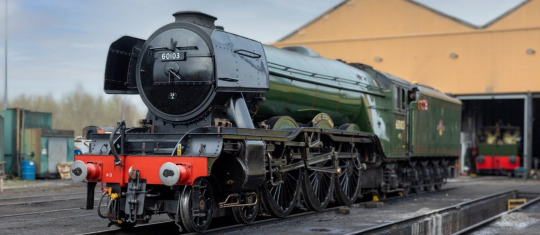
And remember, AEAT certified this engine to run on the mainline. The Flying Scotsman had turned into a literal moving death trap under its various owners, and I am not surprised it cost the NRM £4.2 million to rebuild Flying Scotsman.
In summary, 4472 Flying Scotsman was about as sick as an engine could get when it arrived at the NRM. The amount of work required to fix the poor engine was extensive - and some may argue unjustified. Personally, I disagree. Yes, Flying Scotsman cost a ridiculous amount of money to save and rebuild - but this is not an engine who would ever accept living on a plinth in a museum. This is an engine with a fascinating history filled with trials, tribulations and triumphs; and in my opinion the Flying Scotsman's place is on the mainline. Will there be a day when the old engine has to be withdrawn and placed in the NRM? Probably - it's the oldest mainline certified engine in the UK already, and it's not getting any younger. But by that same token, Flying Scotsman went through a massive, extensive overhaul to ensure that generations to come could see the majestic A3 doing what it always did best, and there's something truly inspiring about that.
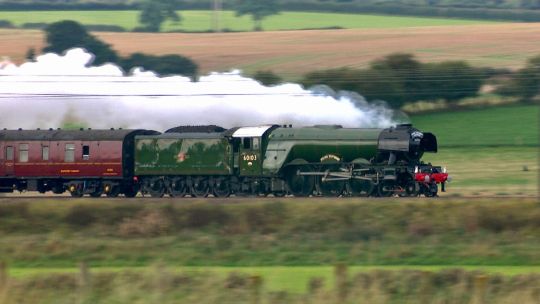
A big thank you to the NRM for saving Flying Scotsman, and an even bigger 'what the hell?' to the people who almost destroyed it by being careless.
The pictures used in this post do not belong to me. All pictures belong to their owners. If you wish to read the NRM Flying Scotsman report yourself, this is the URL, and a hyperlink to its archived form on the Wayback Machine:
#weirdowithaquill#railways#real railway stuff#Flying Scotsman#4472 Flying Scotsman#NRM#The National Railway Museum#Flying Scotsman very nearly didn't get his happy ending#There was a lot wrong#this stuff is crazy#long reads#very long post#lner a3#wayback machine
137 notes
·
View notes
Text

Happy 60th birthday to a legend! The Tōkaidō Shinkansen began service on 1 October 1964, using the 0 Series pictured above. I took the photo in the National Railway Museum in York, England. It's the only shinkansen outside Japan.
#a real unit :)#the 0 Series was withdrawn in 2008#my photos#新幹線0系電車#York National Railway Museum#I had a few rides on the 0 Series#I've been in Japan that long o.0
176 notes
·
View notes
Text












Twelve alternative takes from the National Railway Museum of Portugal, in the city of Entroncamento.
#National Railway Museum#Museu Nacional Feroviário#Entrocamento#Médio Tejo#Ribatejo#Lisboa e Vale do Tejo#Portugal#original photos#photography#photographers on tumblr
15 notes
·
View notes
Text






















Toronto became the capital of Ontario on September 28, 1867.
#Nathan Phillips Square#summer 2018#2015#original photography#travel#Toronto#capital of Ontario#28 September 1867#anniversary#vacation#Canadian history#Canada#Fort York National Historic Site of Canada#Distillery Historic District#Allen Lambert Galleria#Brookfield Place#City Hall#Toronto Railway Museum#Lake Ontario#CN Tower#Grange Park#Union Station#tourist attraction#cityscape#architecture#landmark
12 notes
·
View notes
Text
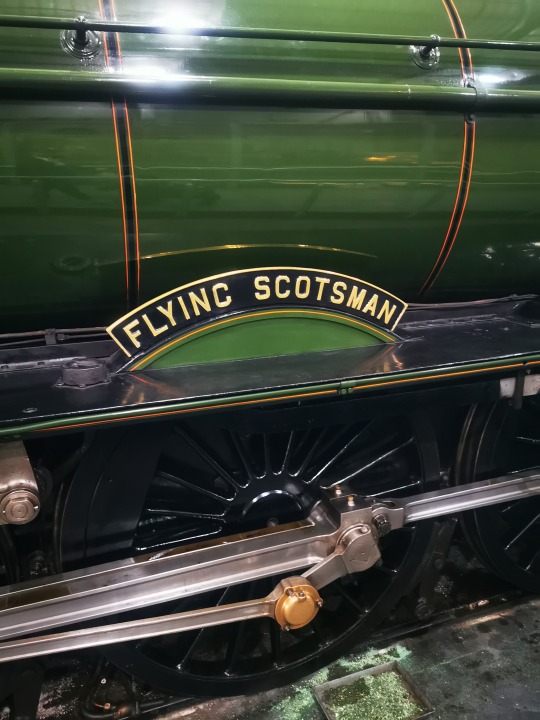
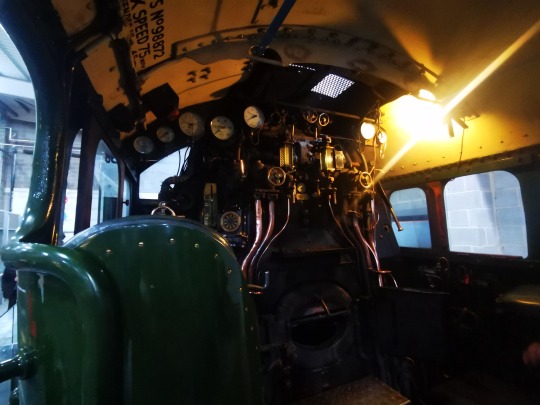


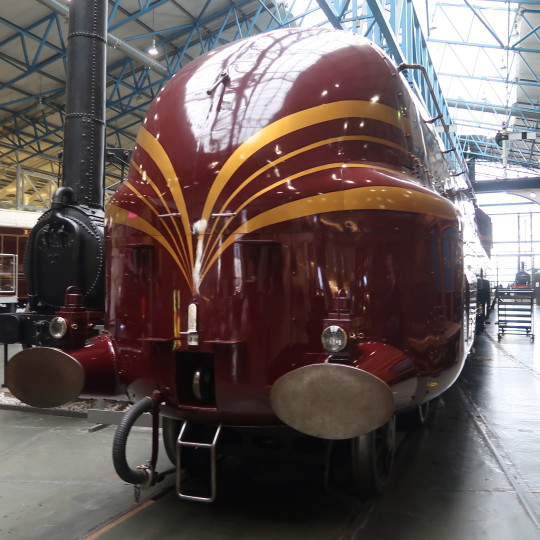
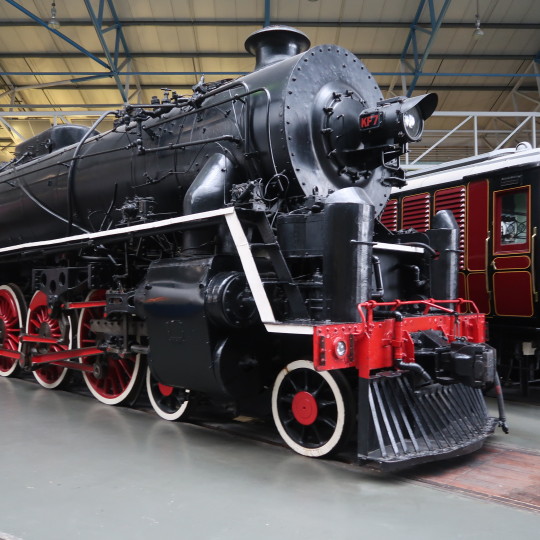


15. 3. 24
National railway museum, York
27 notes
·
View notes
Text
Happy Disability Pride Month
I want to wish a Happy Disability Pride Month to everyone; to everyone with a physical disabilities, mental illness, neurodivergencies, cognitive and intellectual disabilities; every one who's disability interacts with their race, gender, sexuality and class.
As this is a train related blog, I want to showcase here some history about the relationship between disability and rail transport. For those of us for whatever reason cannot use a car due to disability or poverty, access to a good, working public transport system is crucial to conduct the business of living.
Like a lot of folks in the railfan community, I am on the Autism spectrum, which can and does impact me in certain ways in getting about. I cannot drive because I have no car (for multiple reasons to do with cost and my conditions), so the train and bus is the most reliable way for me to go about my day (subject to lots of things of course).
Access to regular, safe and working public transport is a necessity for all and a Disability right.
The National Railway Museum in York has a dedicated exhibition to the experience of rail travel by disabled commuters, Go As You Please, as well as a short film We Do Go Out And About.
youtube
The video is captioned and has British Sign Language for all the spoken word parts.
#Disability Pride Month#real railways#Gunzel speaks#National Railway Museum#Youtube#real railway stuff#public transport
9 notes
·
View notes
Text
York National Railway Museum Photo-dump
















28.8.24
I don't think the Flying Scotsman was there [uwe uwe uwe soung of crying] but the trains were so big and cool I forgot about being sad :)
13 notes
·
View notes
Text


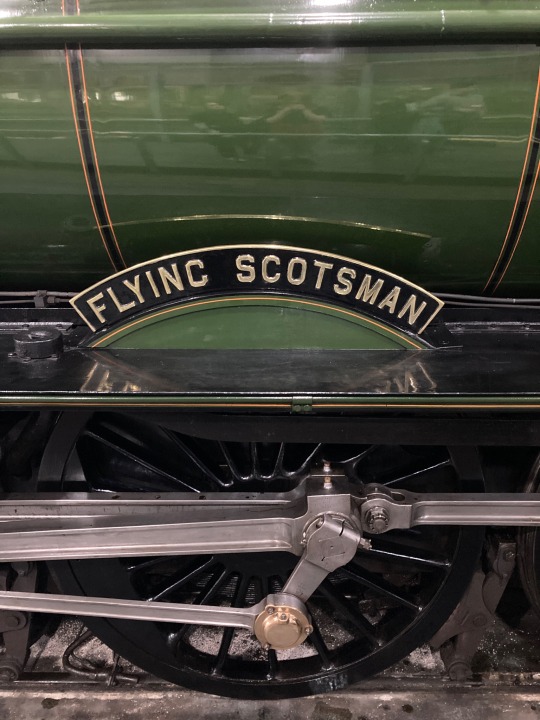
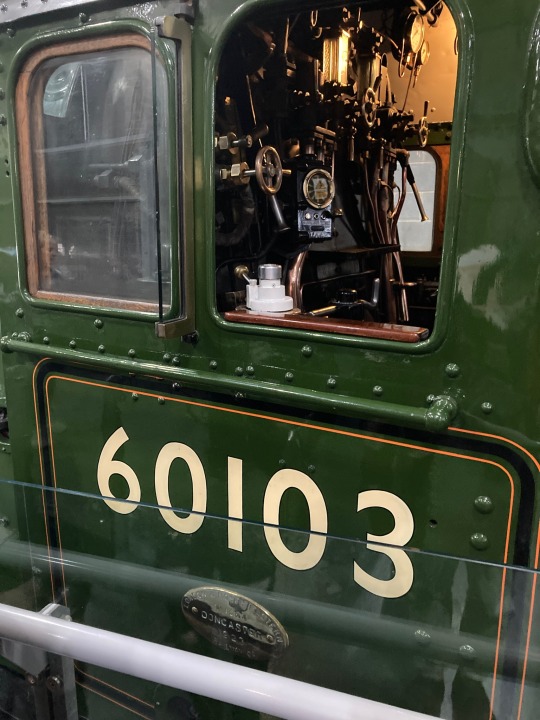
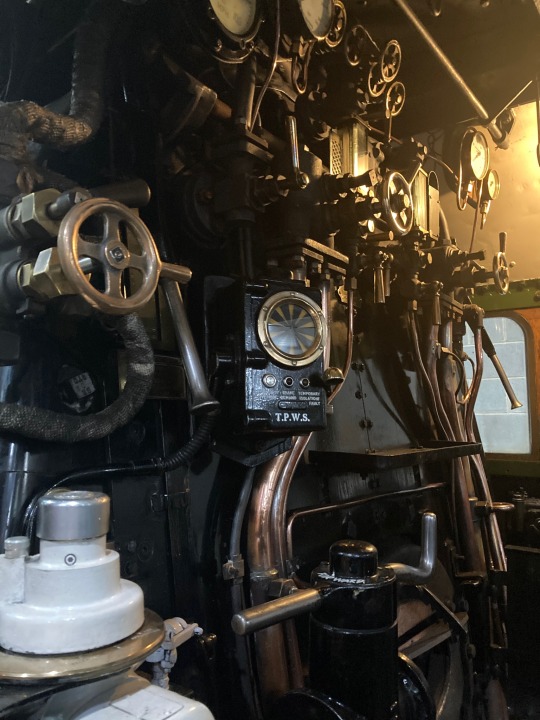

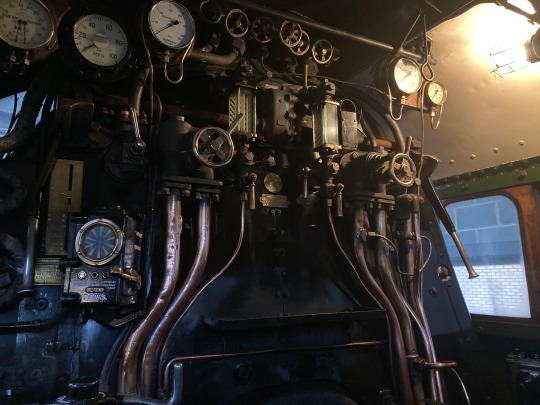
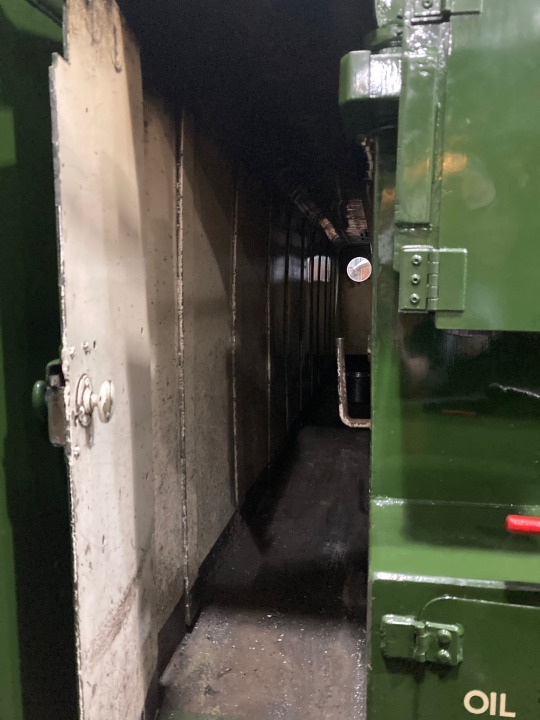


And the one I’m sure you’ve been waiting patiently for, Flying Scotsman (ft tiny Scot)
#trains#railway#steam train#steam locomotive#diesel locomotive#NRM#National Railway Museum#flying scotsman
113 notes
·
View notes
Photo

Locomotive LMS Princess de la classe Coronation ‘Duchess of Hamilton’ - National Railway Museum - York - Angleterre - 1er juin 2009
Photo de David Ingham
#Avant-guerre#Pre-war#Train#Locomotive#LMS Princess Coronation Class#Classe coronation#Coronation class#LMS Princess#LMS#Duchess of Hamilton#National Railway Museum#York#Angleterre#England#01/06/2009#06/2009#2009
103 notes
·
View notes
Photo
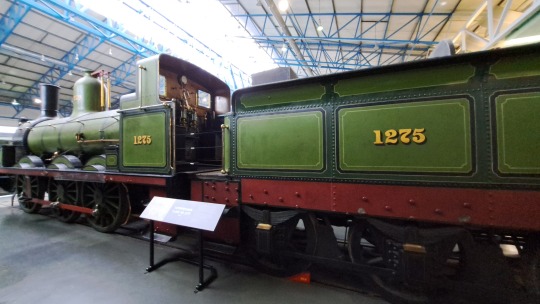
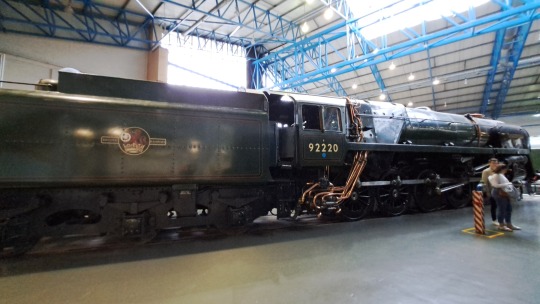
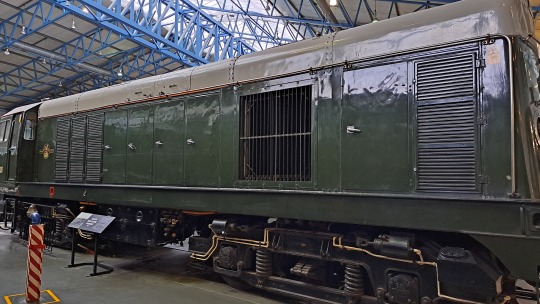


York National Railway Museum.
Part 7
43 notes
·
View notes
Text
I was at the Talyllyn Railway this week and spent today at the National Railway Museum. Did y’all know the NRM has a library? They had Thomas at the Railway Show :>
I will definitely post pictures of what I saw and what I bought for myself soon cause oooo it’s so cool
5 notes
·
View notes
Text
Traintober 2024: Day 5 - Exhibition
The NRM Stoplight System:
The engines who live at the York National Railway Museum have spent many years with their fires unlit and no water in their boilers at all. They are exhibits, always on display. Sometimes, things are changed up when a special exhibition brings in new engines or shuffles around the residents – these exhibitions also bring in a lot of extra visitors, and so the NRM developed a chart which visitors to the museum can check to see who may be interested in talking to them when they go; this chart includes a description of the engine and a stoplight colour – the colour tells visitors whether or not the engines are comfortable speaking to guests, while the blurb explains why. Here is a small excerpt from the NRM webpage:
‘Hello everyone! This is a quick explanation of the stoplight system in use at our museums. When you visit, you might notice that on the exhibit signs we have included a large, coloured disk – this is a very important part of our museum, but does not have anything to do with the history of these fabulous machines. Instead, it is there to let you know whether or not the exhibit you are looking at will be up for a conversation. Green means they will happy to have a conversation, yellow means that there may be special provisions that may stop the engine from wanting to have a chat and red means that these engines do not want to talk to our guests at all during exhibitions. Here are a few examples from our York Museum, with a short explanation behind their colour:


Stirling: Green. Of all the engines in our collection, Stirling is one of the most unique and one of the cleverest too. Built by Patrick Stirling to pull The Special Scotch Express, this engine has no limit to the knowledge he has gathered over the decades. He loves chatting up a storm and always has a fun fact for everyone – if he could become a University Professor, he’d have left us years ago!
Henry Oakley: Green. Of all the engines in the museum, Henry Oakley is one of the most polite and gentle. Henry Oakley is quite an old engine, meaning he has met many people and heard many stories throughout his career, and he loves to share them! Make sure to say hello to Henry Oakley, especially if you have small children, as he is one of the few engines to regulate his tongue!
Lode Star: Green. Lode Star is a very kind woman who loves to talk to guests; in fact, she’s so talkative that some people can’t get away from her! This is one engine who is happy to speak to everyone – it’s quite the contrast to other GWR express engine King George V, who is a red-light engine. Make sure you say hello to this kindly and chatty engine, and if you want a long conversation, ask her all about her express runs.



Coppernob: Yellow. Built in 1846, you must forgive Coppernob for being a bit of an old grump at times. This old engine has spent the vast majority of his life motionless now, and it has made him irritable sometimes. Coppernob does have a dry wit and can be very fun to talk to, however he tires easily and can be somewhat outdated in his views due to his age.
Boxhill: Yellow. Boxhill is a very cheerful and bright locomotive, however she is unfortunately entirely deaf, and only understands British Sign Language thanks to the dedication of the NRM team. If you can sign, Boxhill will be happy to reply, however because she is unable to understand anyone unless they use BSL, she is included as a yellow-light engine on our list.
Evening Star: Yellow. Unlike many other engines on this list, Evening Star is extremely uncomfortable with large crowds associated with exhibitions, and as such her colour is moved to yellow whenever a major event is happening at the NRM. She is sometimes ok for a short chat, but please be mindful of her and be aware of any signs she may exhibit of being uncomfortable.

Mallard: Red. Please do not speak to 4468 Mallard at any point during your visit during any exhibition, event or on regular opening days. Mallard was taught that she was the greatest engine ever due to her breaking the world steam speed record, and she has never managed to unlearn this view. She can be rude, abrasive and demanding, and we recommend looking, but not speaking to her.
Duchess of Hamilton: Red. The Duchess used to be a yellow rated engine, however recently she was upgraded to red due to her temper and her foul mouth, caused by her trip to the United States and later her time as a holiday park attraction. The Duchess does have her nice days, however most days she prefers to sleep, and trying to start a conversation with her may lead to her swearing or starting an argument with Mallard.
Thank you for reading this quick explainer about our stoplight system here at the NRM, and we hope to see you soon!’
During major exhibitions at the National Railway Museum, these coloured disks are often placed around the engines beyond their exhibit information board, to help tourists if they are unable to see the board. This system was developed after the Great Gathering exhibition in 2013, when Mallard and Duchess of Hamilton got into a screaming match over a question asked by a tourist that was so foul that the museum got fifty-seven separate customer complaints. It’s included in the brochures, and signed in at least twelve different languages – so hopefully, when the next exhibition occurs, guests to the museum will know not to speak to some of the engines.
Back to the Master Post
#weirdowithaquill#fanfiction writer#railway series#thomas the tank engine#traintober#traintober 2024#ttte mallard#ttte duchess of hamilton#gwr lode star#gnr stirling single#lbscr boxhill#ttte coppernob#evening star#gnr henry oakley#the national railway museum#traintober prompt
19 notes
·
View notes
Video
Replica of the Rocket,National Railway Museum,York por berenice carroll
6 notes
·
View notes
Photo
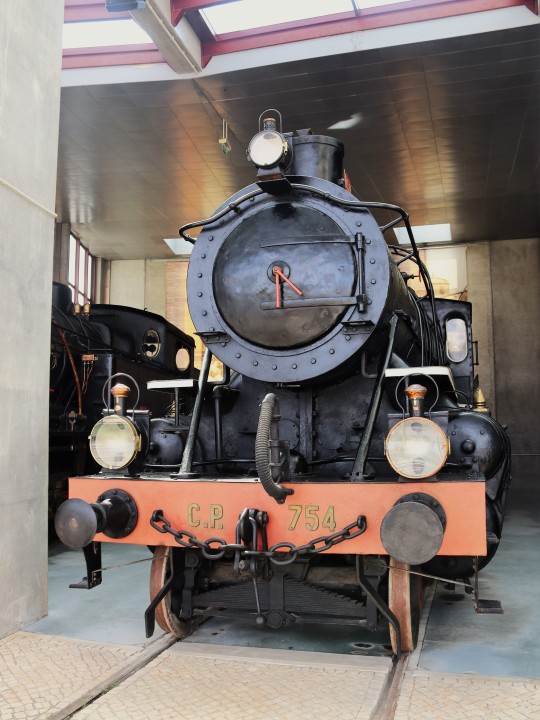




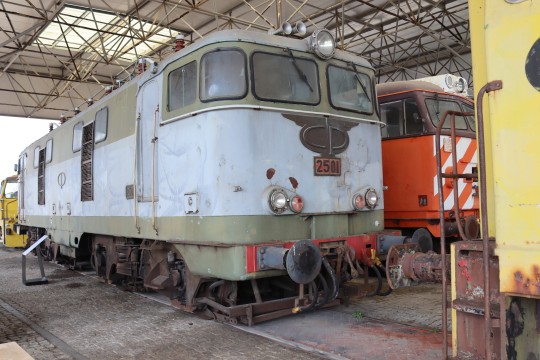
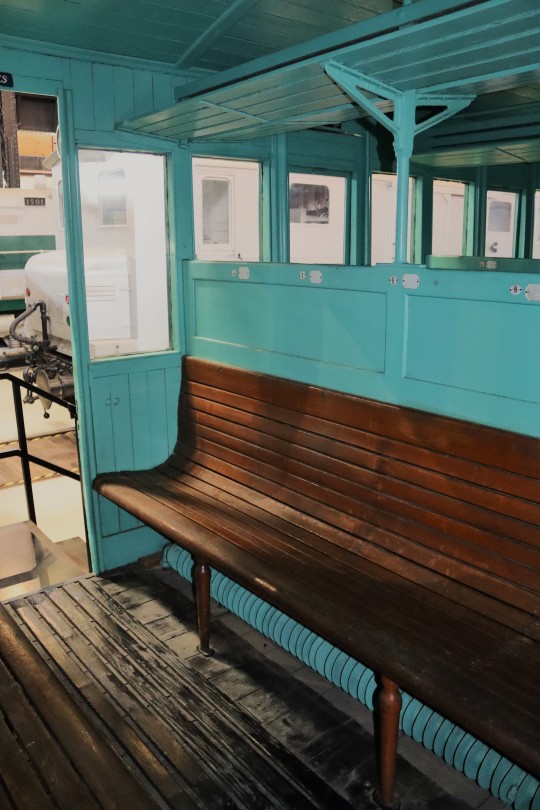
Seven leftovers from the National Railway of Portugal, in Entroncamento.
#National Railway Museum#Museu Nacional Ferroviário#Entroncamento#Médio Tejo#Lisboa e Vale do Tejo#Ribatejo#Portugal#Original photos#photographers on tumblr#photography
52 notes
·
View notes
Text
Saturday Movie Night: Confessions of a Trainspotter
youtube
Michael Palin has to travel to the Kyle of Lochalsh on business, and has decided to go all the way by rail. What with having been such an avid train spotter in his youth, though, Michael simply can't stop himself from making a few diversions along the way.
First stopping off at Rainhill to observe the Rocket 150 celebrations, Michael then hitches a ride on the Flying Scotsman on a special excursion to York - where, of course, he looks around the National Railway Museum. After a ride on the North York Moors Railway, he is whisked away on the latest Intercity 125 to Edinburgh, just in time for festival season. Then it's up through the heart of the Highlands to Inverness, and along wildly romantic coastlines to the Kyle of Lochalsh. All the while, Michael talks with some of the people helping to keep the railway age alive.
And all this, just to keep a business appointment! But as Michael says, there are some treasures you just can't find anywhere else...
#saturday movie night#confessions of a trainspotter#1980#michael palin#monty python#british railways#british rail#ttte plot inspiration#real true railway stuff#flying scotsman#national railway museum#north yorkshire moors railway#bbc#vhs#great railway journeys of the world#Youtube
6 notes
·
View notes
